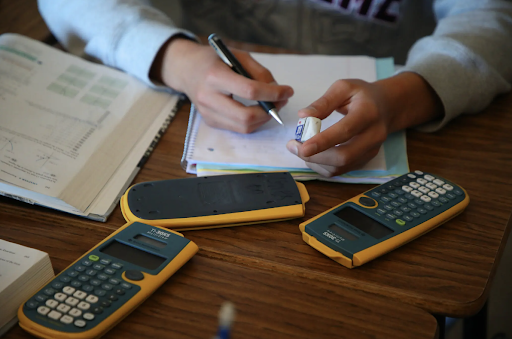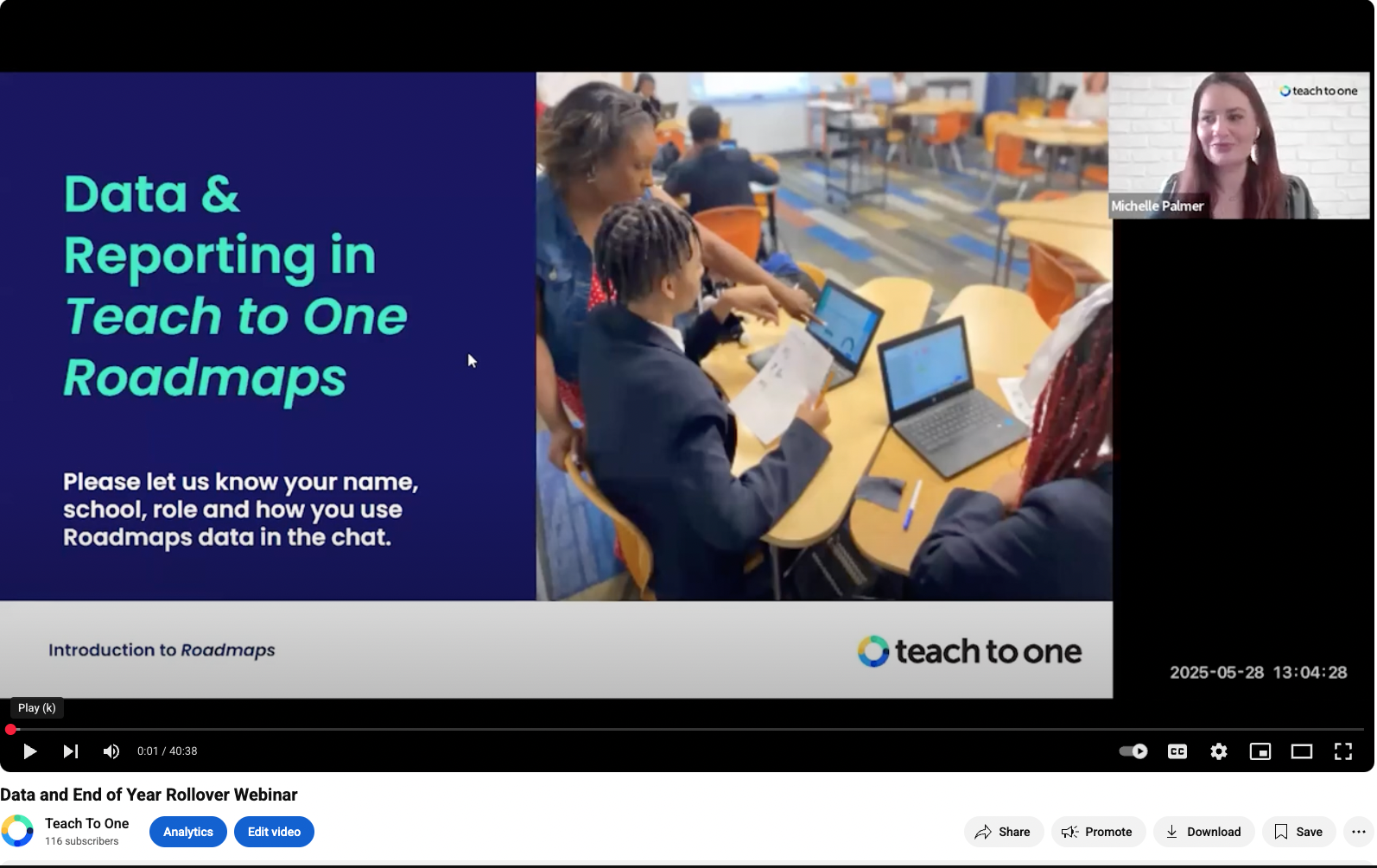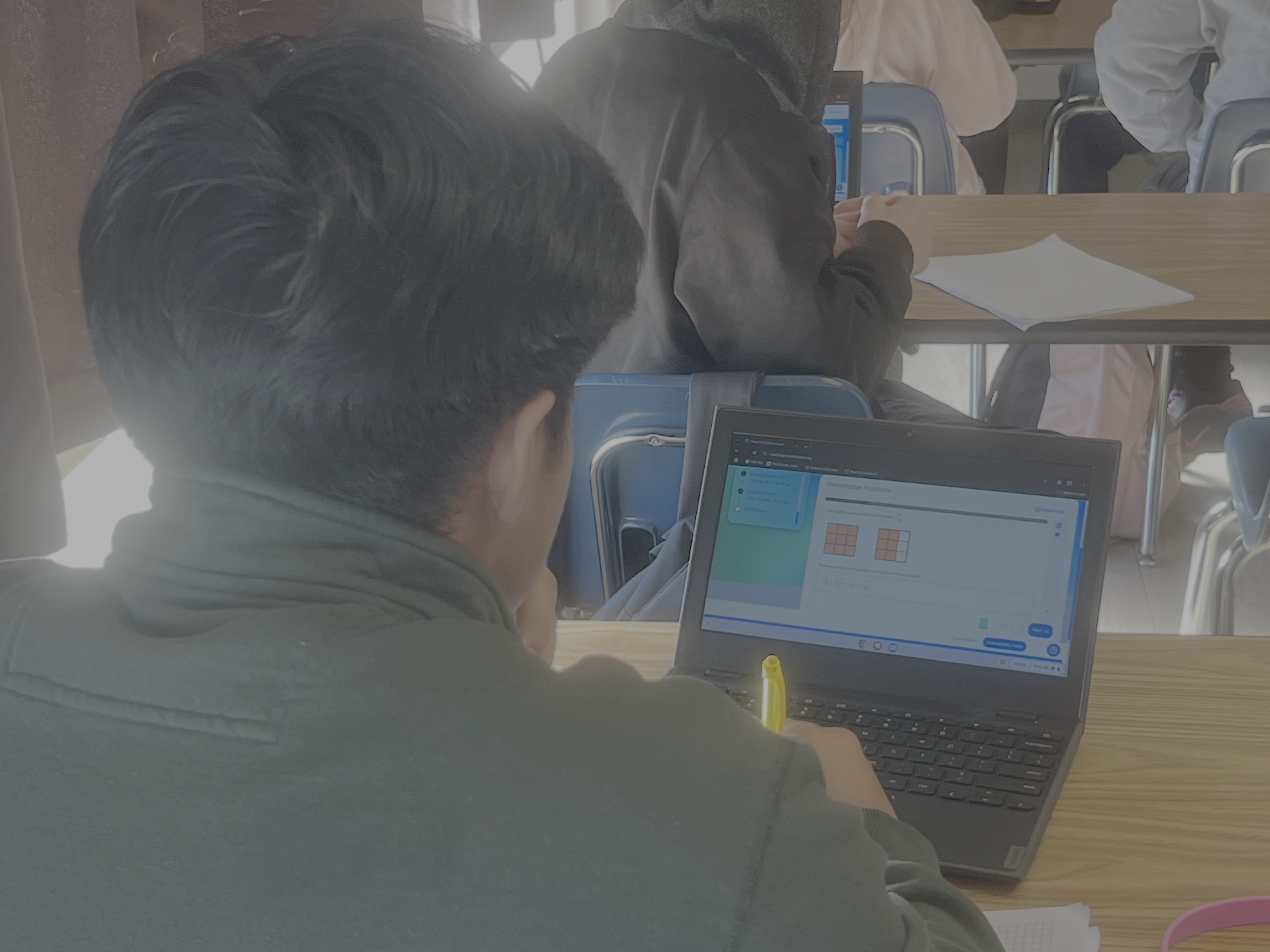NAEP Results: Takeaways and a Blueprint to Move Forward
September 20, 2022
By Teach to One

For over a century, the US education system has been based on the model of a single teacher instructing a group of same-age students, with instruction primarily being delivered through a textbook. In the late 19th century, this approach was considered the most efficient way of preparing a factory-ready workforce to perform repetitive tasks, follow directions, and apply basic numeracy and literacy skills.
While there has been a lot of evidence that the factory model no longer serves all kids, there have been few alternatives at scale. Fortunately, the National Assessment of Education Progress’ latest report has sparked a bigger conversation on the shortcomings of our education system, how much the pandemic has made things worse, and what needs to happen next. Our very own Joel Rose shares a few important takeaways that we believe are worth highlighting:
1. Achievement in math was problematic long before the pandemic. While school closures and remote learning undoubtedly made things worse, the goal should not be getting back to pre-pandemic levels.
2. Proficiency rates historically decline from the 4th to the 8th to the 12th grades because math is cumulative. As students miss out on fundamental concepts in one year, it makes it more difficult for them to succeed in subsequent years.
3. Federal and state educational policies incentivize the teaching of grade-level content regardless of students’ prior knowledge. This makes it even harder in math for many students to catch up and get ahead because they have key learning gaps from prior years that remain unaddressed.
Concerted action is what it will take to move our education system to a student-centered model, and expanding the conversation is an important early step. We discussed strategies and recommendations alongside a group of experts in our online event, Out of the Box: How Innovative Learning Models Can Transform K-12 Education. The event took place on October 13th and shared a new report that we hope serves as a helpful blueprint for one way to move forward.
Latest Posts

Recording: Data and End of Year Rollover Webinar
In this 45-minute webinar recording, Michelle Palmer, Senior Director of Customer Success, and Liat Greenspan, Associate Director of Program Success, explain how to assign a skill or pathway, use the Teacher Dashboard to identify struggling students, leverage the Reports Hub for weekly planning, and monitor growth and engagement on the Progress Page.

Getting Students Engaged in Math at Valley Charter
Students arrive at their assigned seats equipped with laptops and individualized Teach to One Roadmaps packets, which include a work time poster, a note-taking sheet, and graph paper.

Webinar Recording: Unlocking Algebra
On Tuesday, May 13, TNTP and New Classrooms released the report: Unlocking Algebra – What the Data Tells Us About Helping Students Catch Up. On the same day Adam Meier, Partner, Research Center of Excellence, TNTP, and Joel Rose, Co-founder and Chief Executive Officer, New Classrooms, presented the findings, recorded in the webinar below. Looking […]